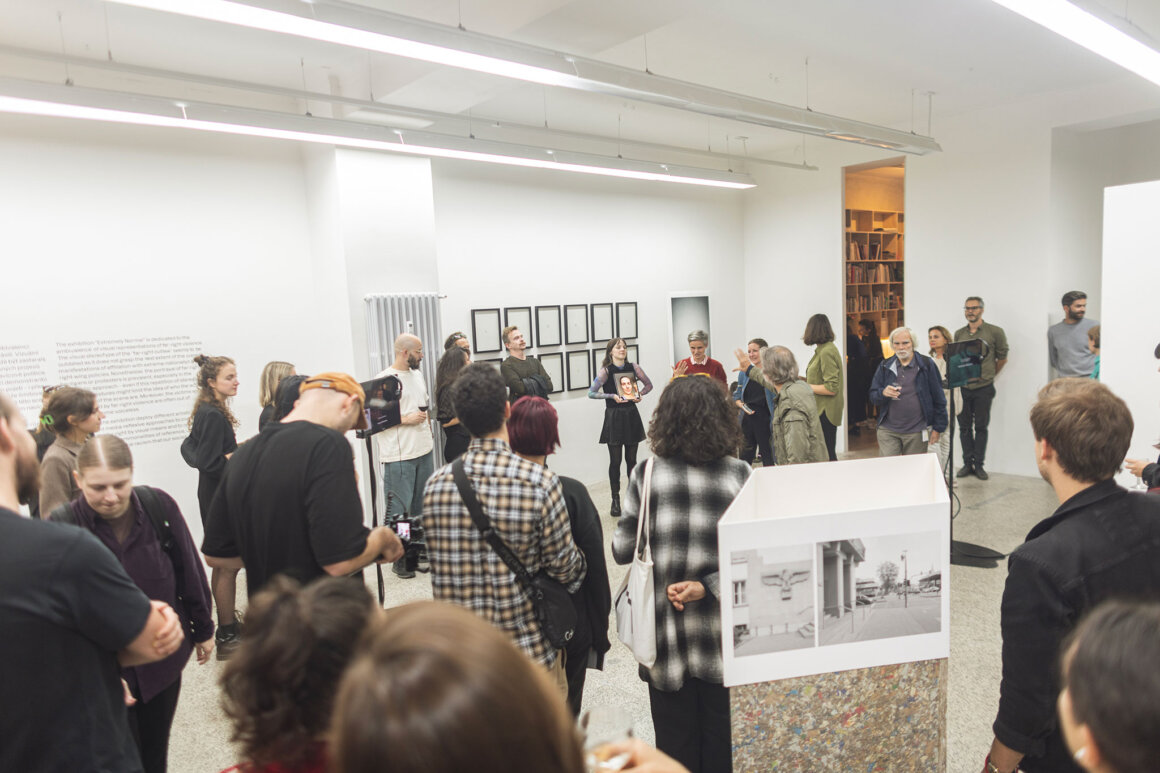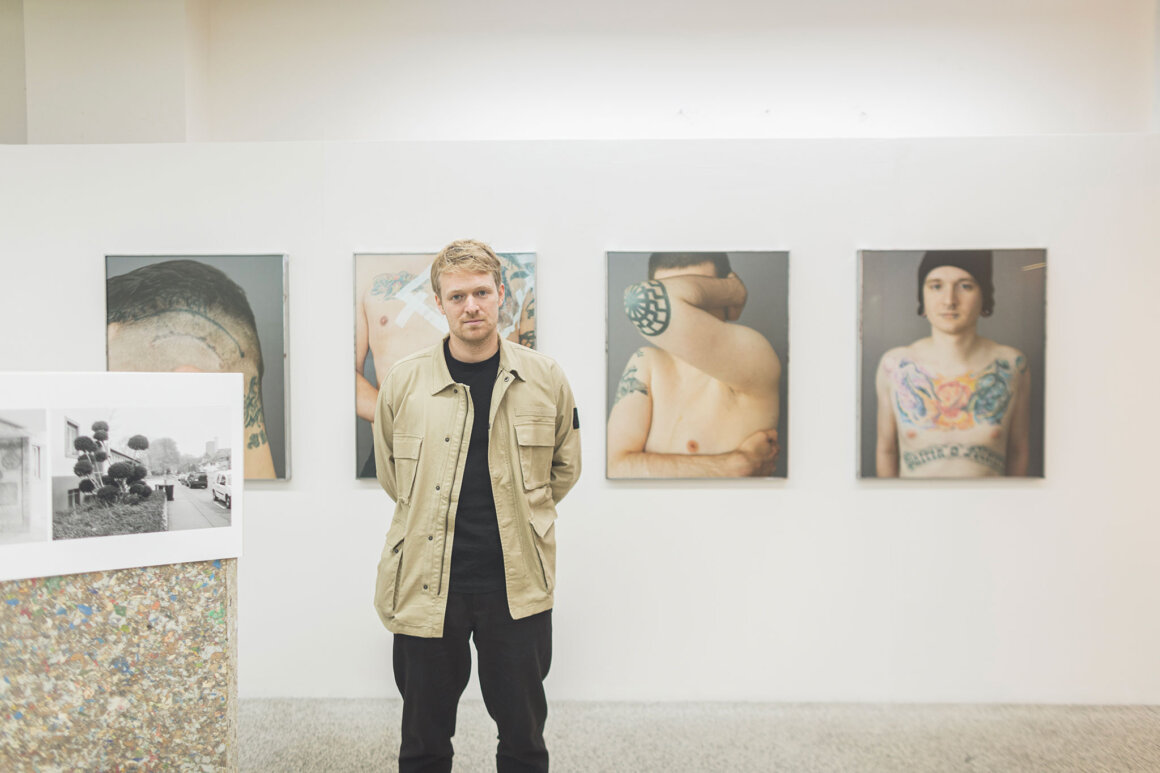The exhibition “Extremely Normal” is dedicated to the ambivalence of visual representations of far-right violence. The visual stereotype of the “far-right outlaw” seems to be outdated as it does not grasp the vast extent of the current manifestations of affiliation with extreme nationalist and right-wing policies. Nonetheless, the portrayal of far-right hooligans or protesters is prevalent, especially in the journalistic approach – even if this repetition of stereotypes, poses, and gestures might limit the idea of who the actors and backers of the scene are. Moreover, the victims and those affected by far-right violence are often out of focus and become voiceless.
The artists in the exhibition deploy different artistic strategies and media-reflexive approaches to come to terms with the far right by visual means and to recognize the often troubling commonalities of reference, uncanny familiarity, and structural racism that our societies are complicit with.
A photo series by Ludwig Rauch from the early 1990s provides an insight into a documentary approach at a time when racist attacks in the recently unified Germany reached an extreme peak and the media coverage of these violent events was omnipresent. Presented as a slideshow with voice-over commentary, Rauch withdraws his images from a purely voyeuristic gaze and allows them to become all the more a document of their time.
Thirty years later and with the frightening certainty that racist violence in Germany is not over but had only gone unnoticed (and covered up) by the broad public and politics, photographer Jakob Ganslmeier chooses a different documentary approach. In his series “Haut, Stein” (Skin, Stone), he focuses on the often ambiguous possibility of transformation. The portrayed in his larger-than-life photographs are in the lengthy process of getting rid of their ideological tattoos after leaving the right-wing extremist scene; the architecture depicted by Ganslmeier, on the other hand, still bears traces of Nazi ideology despite the so-called denazification.
The entry of the far-right party Alternative für Deutschland (AfD, Alternative for Germany) into the German Parliament in 2017 and its subsequent rise to become the strongest party in the regional parliaments in the Czech-German border regions speaks of the increasing normalisation of extremist thinking. Photographer Norman Behrendt examines the party’s social media imagery and media coverage and contrasts the constant flux of volatile images with the laborious technique of cyanotype. Through selection, editing, alienation and recomposition, a visual language becomes visible that can only be read as partially extreme because it also aims to appeal to the moderate citizen.
Concerned with the rise of the far right in Ukraine and its neighbouring countries, Mykola Ridnyi addresses his discomfort with the lack of awareness regarding its presence in the public sphere. The pieces of chewing gum in his work oscillate between disrespect and ignorance, and can only superficially cover the symbols of groups and initiatives known for their pertinent affiliation with the extreme right. The Russian invasion of Ukraine in the spring of 2022 drastically changed the context and led the artist to actualize his work and change focus by adding two new Russian military symbols to the series.
The widespread disregard of the right-wing extremist threat but even more the lack of empathy for its victims is the focus of various video works developed by the initiatives Offener Prozess and NSU Tribunal. A selection of these is made accessible for the first time in a Czech context: the short films by Mareike Bernien & Alex Gerbaulet, Ewa Einhorn and belit sağ contrast the (sole) perpetrator orientation and decipher more complex realms of the unprecedented series of racist murders the National Socialist Underground (NSU), a neo-Nazi terrorist network, has committed throughout Germany between 2000 and 2006.
In an accompanying public event, artist and activist Tomáš Rafa gives an insight into his long-term visual investigations of the extreme right with a focus on Central and Eastern Europe. Since 2009, Rafa has been recording their manifestations in public space and also actively engaging in anti-discriminatory projects.














